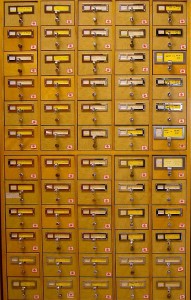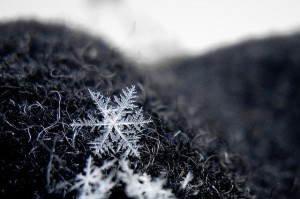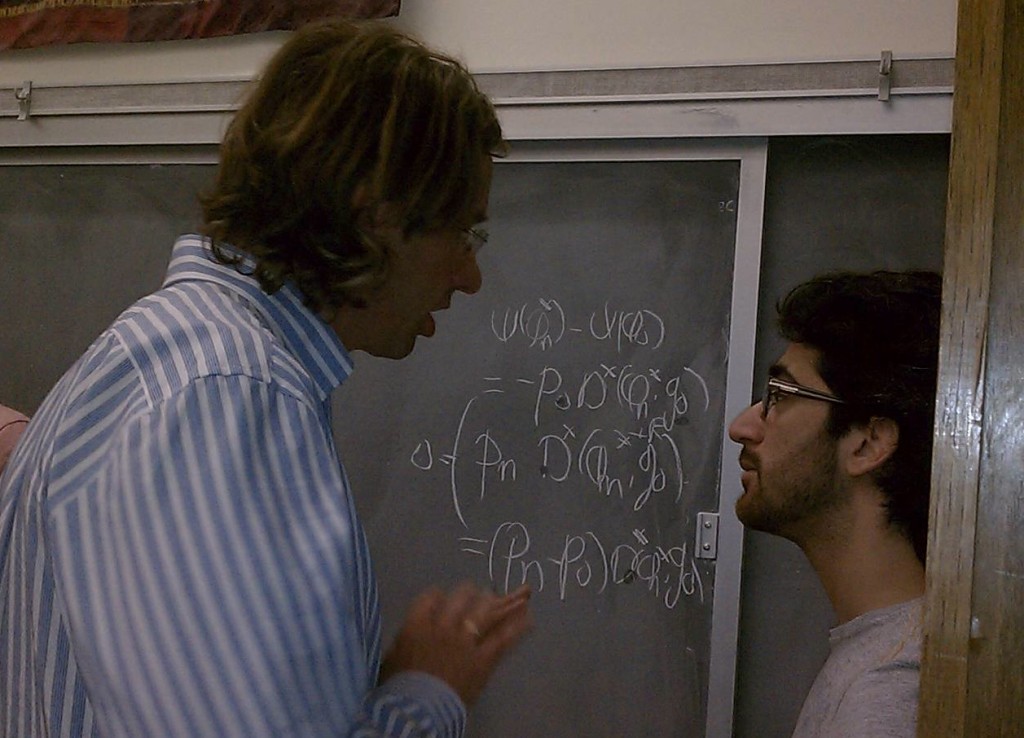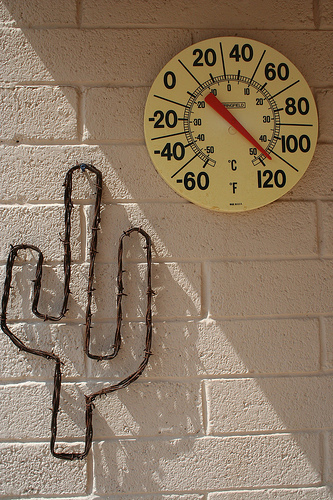
Earlier this week, Facebook unveiled its new search engine, called Graph Search. Facebook promises that it will help you find people who share your interests. “Want to start a book club or find a gym buddy? Connect with friends who like the same activities—and meet new people, too.”
Having moved around for most of my life, I can appreciate the utility of a tool that connects you with people you have something in common with. For instance, let’s say I’m on an extended business trip to Geneva, and I want to find a running partner.
So I type in “people who like running and live in Geneva, Switzerland.” More than 100 people come up. Great. But it feels stalkerish to send messages to random strangers. So I type in “My friends of friends who run and live in Geneva, Switzerland.” This brings up 14 names, but for six of them, our mutual friend is the group “trail running-switzerland.” With several of the others, I share mutual friends that are only slight acquaintances. Still, that leaves three people in Geneva who have Facebook friendships with real life friends of mine. If I was really desperate, I could ask those friends to make an introduction.
In theory, I can see how a search like this could be useful, but I can’t imagine myself really using it that way. (When this Geneva scenario actually happened to me, a colleague I was working with hooked me up with his running group after he noticed I was wearing a sports watch.) It gives me hives to imagine seeking out strangers online. Besides, it’s presumptuous to assume I can understand what someone means when they click “like” on their interests page. Does “liking” running mean you’re training for the Boston marathon? You ran a 5km once to raise money for a friend’s favorite charity? Maybe you just like Mo Farah Running Away from Things? Facebook’s search function is only as good as their data, which are fundamentally constrained by their voluntary nature.
Here’s an example. A friend of mine says he lives in Rothera, Antarctica and is from Timbuktu, Tombouctou, Mali. Neither of these facts are even remotely correct. Any human with common sense will know that these are fake data, but there’s nothing to stop Facebook from counting him if you were to search for “people who’ve been to Antarctica.” (He hasn’t.)
Graph search showed me “more than 1,000 people” who like Pabst Blue Ribbon, but what it can’t tell me is which of them drink it ironically. Continue reading →




 I love snow, but we don’t get much of it here. On the rare day that the highest peaks catch a few flakes, people pile into cars and drive up into our local mountains just to see a small patch of white.
I love snow, but we don’t get much of it here. On the rare day that the highest peaks catch a few flakes, people pile into cars and drive up into our local mountains just to see a small patch of white.

